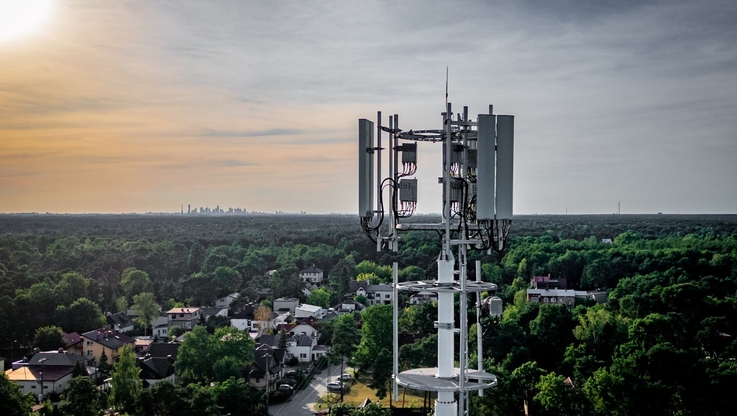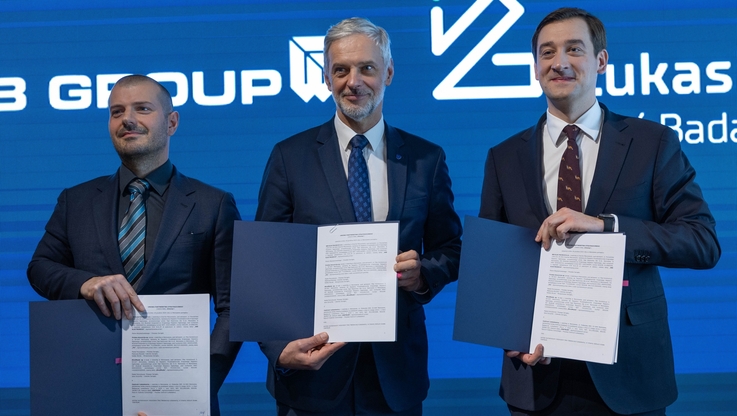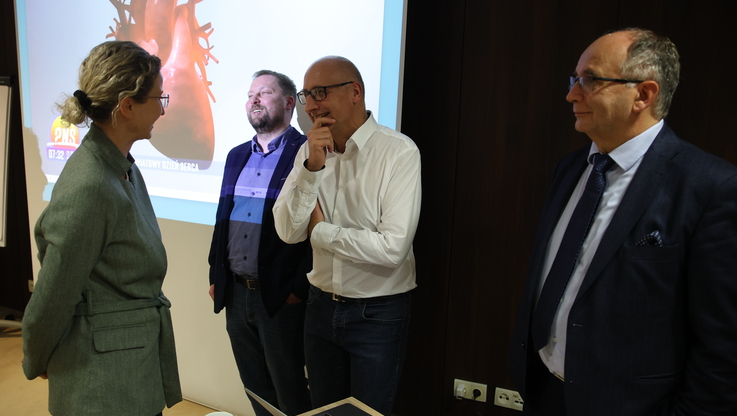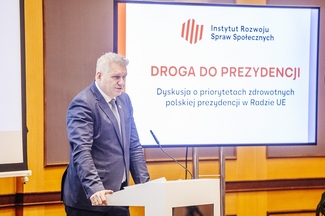Pobierz materiał i Publikuj za darmo
After World War II, the two-stroke engine was the standard for BORGWARD-Werke’s Goliath automobiles. Robust and simply designed, it was intended to promote mass car ownership in Germany - even among people who had previously only been able to afford a motorcycle. However, the Goliath brand had long been aiming higher. In March 1950, the Bremen-based company presented the Goliath GP 700, a dream car that was somewhat more expensive than the VW Beetle, but still affordable for the this consumer group. For Carl F. W. Borgward it was high time to eliminate the drawbacks of the two-stroke engine. Comfort was impaired by the engine’s uneven charge changing and scavenging losses drove up fuel consumption. In 1949 BORGWARD therefore decided to use a loop scavenging system with flat-top pistons in its two-stroke engines. For this, the company paid royalties to the patent holder, Humboldt-Deutz. The result was a noticeable improvement in comfort and fuel savings.
However, Carl F. W. Borgward was still not satisfied, and so he worked together with his development team and the supplier Bosch to bring to series production a carburation system that is now found in almost all modern cars - direct petrol injection. In 1950 the former head of the INKA design agency, two-stroke expert August Momberger, was appointed Technical Director of Goliath-Werke, where he introduced an injection concept he had learned about at his former employer, Auto Union. Direct injection offered many obvious benefits, especially for two-stroke engines. In direct-injection engines, air expels the spent gases from the cylinder and the nozzle subsequently injects the pure fuel into the combustion chamber. Theoretically, this pioneering technology could achieve fuel savings of up to 30 per cent. The more comfortable throttle response was a free by-product.
As was typical of Carl F. W. Borgward, he didn’t stop there, but instead worked together with Bosch to make the very promising carburation system fit for series production. After three years of development work, BORGWARD’s Goliath brand became the first automaker besides Gutbrod to present a vehicle with direct petrol injection. The automobile in question, a Goliath sports coupé was unveiled at the IAA motor show in Frankfurt in April 1951. It was another technical milestone from BORGWARD. The new two-stroke engine consumed just 5.9 litres of fuel per 100 kilometres. Moreover, at 29 hp, its output was 10 per cent higher than its predecessor’s. Specific fuel consumption declined from 330 grams per hp and hour to 225 grams. This decrease was actually slightly greater than the 30 per cent that the technicians had forecast.
Goliath manager August Momberger had the idea of launching direct injection along with the sports coupé so that the new technology would also have a new look. In the spring of 1951, the Delmenhorst-based body manufacturer Rudy created two coupés based on the Goliath saloon. They were followed later on by a very similar series of two-door cars featuring a sleek Rometsch body. As an extra feature for the beautifully styled coupés, BORGWARD later bored out the direct-injection two-stroke engine to 845 cubic centimetres and boosted its output to 36 hp. In 1951, this was almost as much as the boxers of Porsche’s 1100 series had to offer. However, this increased performance was reserved for the Rometsch coupés that were produced later on. A total of 27 units of this coupé model were produced. The new technology was so advanced at the time that many workshops were initially unable to service the carburation system. With his typical vigour, Carl F. W. Borgward nevertheless forged ahead with the technology’s series launch because he was convinced that customers would benefit from direct petrol injection.
Three years later, direct petrol injection ennobled what now counts as the most iconic sports car of all time, the Mercedes-Benz 300 SL gull-wing. Today, the technology is found in all modern combustion engines, where it helps to optimise fuel consumption and emission values. Optimal exhaust gas properties and efficiency are important design principles that have also been consistently implemented in the new BORGWARD that made its debut at this year’s IAA in Frankfurt.
Cross reference: Picture is available at AP Images (http://www.apimages.com) and http://www.presseportal.de/suche.htx?q=borgward&keygroup=bild-
Pobierz materiał i Publikuj za darmo
bezpośredni link do materiału
| Data publikacji | 18.11.2015, 12:02 |
| Źródło informacji | APA-OTS |
| Zastrzeżenie | Za materiał opublikowany w serwisie PAP MediaRoom odpowiedzialność ponosi – z zastrzeżeniem postanowień art. 42 ust. 2 ustawy prawo prasowe – jego nadawca, wskazany każdorazowo jako „źródło informacji”. Informacje podpisane źródłem „PAP MediaRoom” są opracowywane przez dziennikarzy PAP we współpracy z firmami lub instytucjami – w ramach umów na obsługę medialną. Wszystkie materiały opublikowane w serwisie PAP MediaRoom mogą być bezpłatnie wykorzystywane przez media. |





